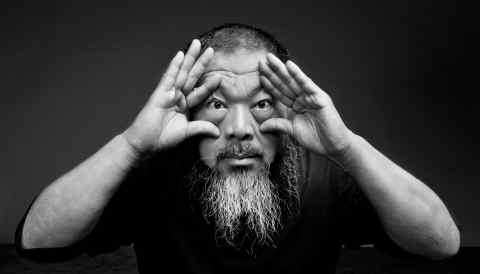
DENPASAR, Bali, Indonesia -- Graffiti as a bona fide art form in Indonesia can be traced to the early 1990s when hip-hop, break dancing and elements of the urban American protest movement were assimilated by local youth.
Jakarta remains the epicenter of street art in Indonesia, but Bali, the country's most cosmopolitan and popular tourist island, has developed its own unique street art culture. The first graffiti to appear in Bali were "tags" of names or characters splashed across the drab grey buildings of the capital Denpasar. But as their skills developed, the street artists began painting murals that conveyed stories and social messages. "Your treasure does not guarantee your health," read a message on a mural featuring an archetypal capitalist fat cat surrounded by ordinary folk with tape covering their eyes.










